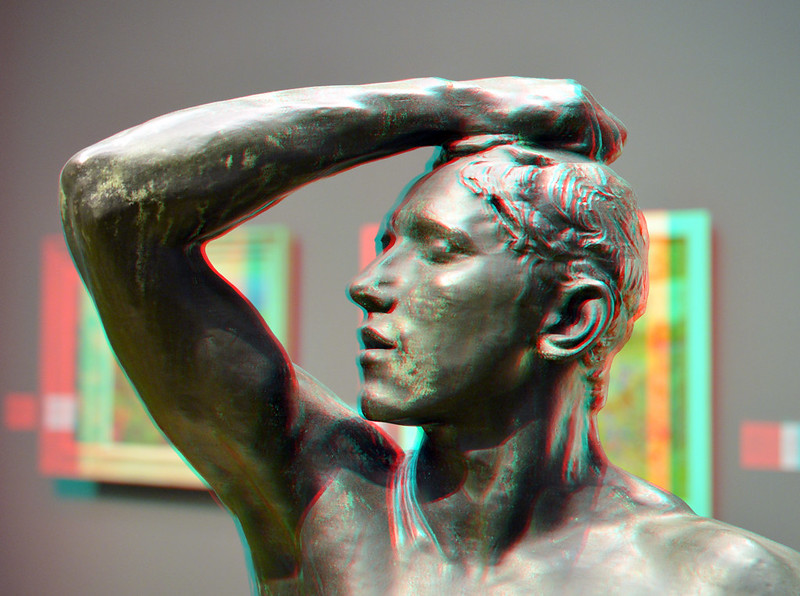As we approach our 10th anniversary, new ideas as to what role we want COMMUNIA to play in the coming decade are starting to take form. After spending a decade trying to improve policy and legislative processes, we can very much see COMMUNIA embracing other tools of intervention to expand the public domain and strengthen access to knowledge and culture. One of such tools, alongside our advocacy work, is strategic litigation.
Judicial developments are much needed to provide further clarity as to the scope of users rights in Europe. There’s still legal uncertainty as to whether certain public interest activities are permitted under existing exceptions and limitations to copyright, how users can assert their rights on online platforms, whether (and how) users can enforce their rights against contracts and technological measures, and what’s the status of the public domain. The implementation of the new Copyright Directive, particularly Article 17, will bring further interpretation challenges.
Whether and how much Communia will be able to engage in strategic litigation in the next decade is still to be determined, but we decided to take the first steps in this realm, by supporting a court proceeding that is aimed at challenging an abusive practice that is eroding the public domain: that of claiming exclusive rights overs tridimensional digitizations of public domain artworks.
The case against Musée Rodin
In 2018, artist and open access activist Cosmo Wenman filed a freedom of information request with the Musée Rodin in Paris to access the 3D scans of Auguste Rodin’s sculptures (all of which are in the public domain). When the museum refused to comply, Mr. Wenman appealed to the French Commission on Access to Administrative Documents (CADA).
In response the CADA confirmed that these 3D scans in question are administrative documents and are subject to public disclosure, under freedom of information laws, and therefore the Musée Rodin is required to give public access to them.
Despite this opinion, Musée Rodin did not provide Ms. Wenman with access to the materials and, in reaction to that inaction, Mr. Wenman has filed a suit against the museum in the Administrative Tribunal of Paris (you can read more about the process, including the court files, here), which we have now joined as a third party together with our friends from Wikimedia France and La Quadrature du Net.
Protecting the public domain
The public domain belongs to all and is often defended by no-one. Mr. Wenman’s request can make an important contribution to counteracting attempts to exert exclusive control over public domain works by claiming exclusive rights in technical reproductions of the works.
As we stated in our Public Domain Manifesto, we believe that having a healthy and thriving public domain is essential to the social and economic well-being of our societies. By ensuring that everyone has access to our shared culture and knowledge and that all members of society can build upon it, the public domain plays a capital role in the fields of education, science, cultural heritage and public sector information.
In a time where, for the first time in history, we have the tools to enable direct access to most of our shared culture and knowledge, it is important that the public domain is actively maintained so that it can continue to fulfill this key role of facilitating innovation and cultural participation for the benefit of the entire society.

